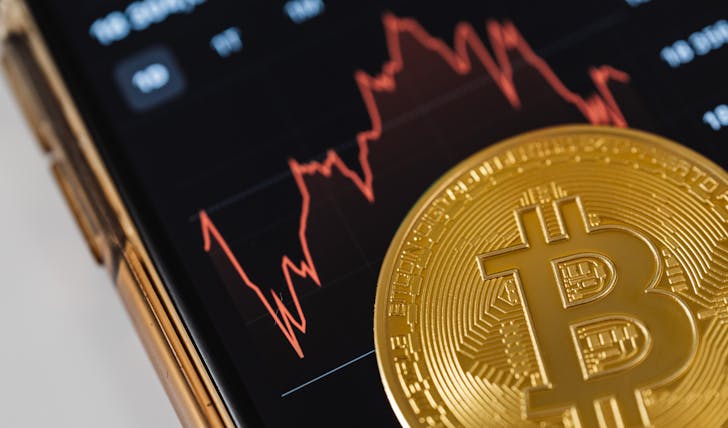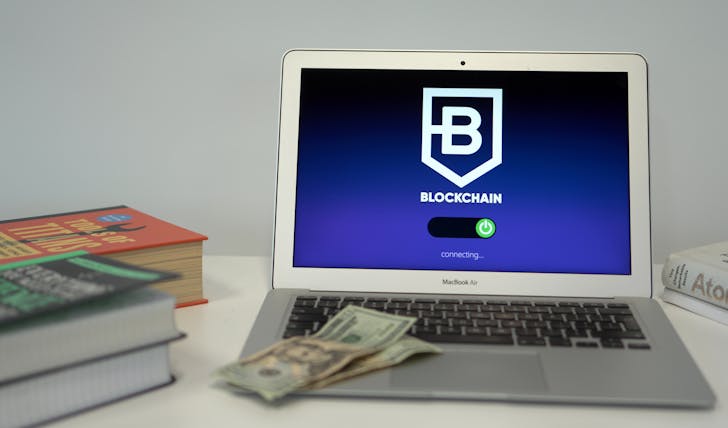With its promise of decentralization, unchangeability, and top-notch security, Blockchain technology seems like something straight out of a cyberpunk novel. It is a kind of digital ledger that keeps records in a way that makes them nearly impossible to alter, hack, or cheat. In essence, it is like having a notary in your pocket for every transaction you make. But instead of stamping paper, it is all bits and bytes.
However, the reality is a bit more complicated. Despite its transformative potential, blockchain has not yet taken over the supply chain industry. And the reasons are as multifaceted as the technology itself.
The Promising Features of Blockchain

Karolina / Pexels / With such groundbreaking features, one would think blockchain would be the reigning champion in industries far and wide, especially in the supply chain sector.
Blockchain is a bit like the internet in the early '90s: Revolutionary but not yet fully understood or adopted. Its decentralized nature means that it does not rely on a central point of control. Imagine a spreadsheet that is duplicated thousands of times across a network of computers. Then imagine that this network is designed to regularly update this spreadsheet and you have a basic understanding of blockchain technology.
This decentralization is a big deal. It means that no single entity has control over the entire chain, making it incredibly secure and transparent. Every transaction on a blockchain is recorded with an indelible cryptographic signature called a hash. Thus, this makes the blockchain tamper-evident, creating a level of security and trustworthiness that is hard to beat.
Plus, blockchain’s security features are nothing short of revolutionary. It is like having a vault that is not only locked but also constantly monitored by thousands of cameras. If someone tries to mess with the vault, everyone will know. This makes blockchain an attractive proposition for the supply chain industry, where transparency and security are paramount.
Why Blockchain Hasn’t Dominated the Supply Chain Industry Yet

Morthy / Pexels / Offering features like decentralization, security, and unchangeability, blockchain is believed to dominate the supply chain industry by now.
Despite the clear advantages, blockchain technology has not swept the supply chain industry off its feet just yet. Let's delve into why.
Unfamiliarity
First off, most people simply do not know much about it. Blockchain technology is still a relatively new kid on the block (pun intended). For many in the supply chain industry, traditional methods are familiar and tested. Introducing a new technology involves a steep learning curve and a shift in mindset, something that not everyone is ready or willing to undertake.
Blockchain technology, for all its merits, struggles with scalability. The very feature that makes blockchain secure - its decentralized nature - also makes it slower and more resource-intensive than traditional centralized databases. As the number of transactions increases, the time and computational power required to process and verify these transactions can become a bottleneck.
Legal and Regulatory Hurdles

RDNE / Pexels / One of the main reasons why blockchain has failed to dominate the supply chain industry is that most people are not familiar with it.
The legal and regulatory landscape for blockchain is still in its infancy. Different countries and regions have different rules and regulations regarding the use of blockchain technology. This inconsistency can create uncertainty and hesitation among businesses, especially those operating across international borders.
Companies in the supply chain industry must navigate a complex web of regulations, and the added uncertainty of blockchain can be a significant deterrent.
Costs & Resources
There is also a misconception about the costs and resources required to implement blockchain technology. Many assume it requires heavy investment, both in terms of finances and human capital.
While it is true that setting up a blockchain system can be resource-intensive, the long-term benefits can outweigh these initial costs. However, convincing stakeholders to make this initial investment can be challenging. Hence, blockchain is yet to dominate the supply chain industry.





